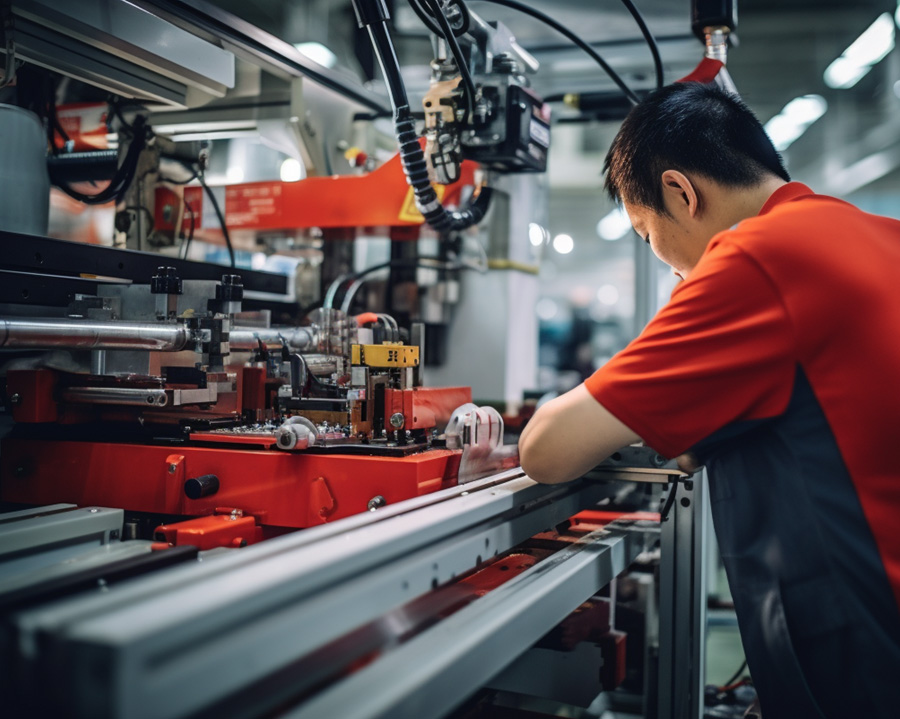
As a clean energy source that does not produce carbon dioxide that contributes to the greenhouse effect, wind power is rapidly spreading around the world.
Large wind turbines (windmills) are giant machines. Many 2MW wind power equipment currently under construction have windmill blades about 40 meters long, a rotating shaft height of 60 to 100 meters, and a total weight of no less than 200 tons. Therefore, the bearings used in windmills must also be large, with an inner diameter ranging from 100 mm to 700 mm. Some models require bearings with an inner diameter of nearly 2 meters. There are only six manufacturers in the world, including NSK, that can stably supply such large bearings to the market. The wind turbine industry is now an industry developing on a global scale. Therefore, in addition to bearing manufacturing, it also needs to conduct marketing activities and technical services at major outlets around the world, which are important conditions.
Wind power bearings are special bearings that are used in harsh environments, have high maintenance costs, and require long service life.
main feature:
Harsh use environment
High maintenance costs
Requires long life
Generally, only a part of the rollers in a running bearing bears load at the same time, and the area where these rollers are located is called the load-bearing area of the bearing. The load the bearing bears and the operating clearance will have an impact on the load-bearing area. If the load-bearing area is too small, the rollers will easily slip during actual operation. For wind power gearboxes, if the design of the main shaft adopts a double-bearing support scheme, then in theory only torque is transmitted to the gearbox. In this case, after a simple force analysis, we can easily find that the load borne by the planet carrier support bearing is relatively small, so the load-bearing area of the bearing is often relatively small, and the rollers are prone to slipping.
In the design of wind power gearboxes, the planet carrier support bearing generally uses two single-row conical bearings or two full-roller cylindrical bearings.
We can increase the load-bearing area by appropriately preloading tapered roller bearings or reducing the clearance of cylindrical roller bearings.

Powder metallurgy bearings are made of metal powder and other anti-friction material powders that are pressed, sintered, shaped and immersed in oil. They have a porous structure. After being soaked in hot oil, the pores are filled with lubricating oil. Du
More
Wind power generation main bearing belongs to the field of wind power generators. The characteristics are: main bearing upper outer ring, main bearing lower outer ring, thrust cylindrical rollers, cage, main bearing inner ring. There are two rows of thrus
More
An automated assembly line is generally an organic whole composed of conveying equipment and professional equipment. It is a highly automated assembly production line based on electromechanical, information, imaging, and network integration. In the manufa
More
There are many types of aircraft bearings. In response to customer demands for reduced weight, reduced environmental pollution and high performance from bearings, bearing systems have become more complex and require greater reliability and quality control
More